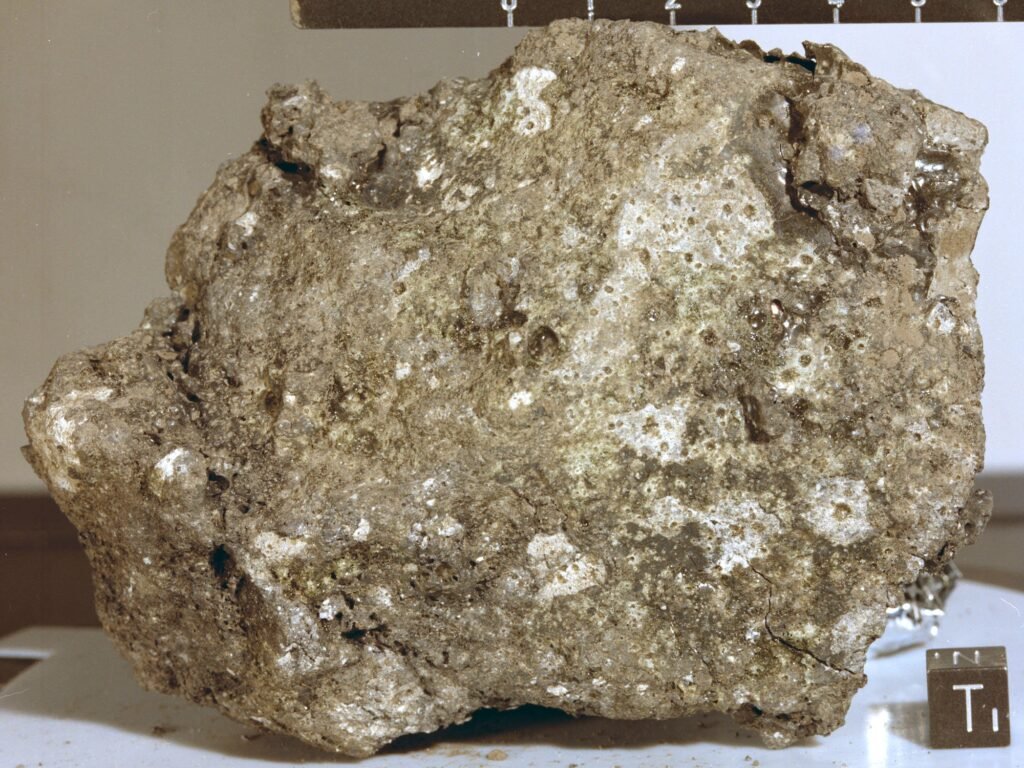Imagine holding a piece of Mars in your hands. Not a photograph, not a soil sample carefully collected by a robot millions of miles away, but an actual chunk of the Red Planet that traveled through space for millions of years before crashing into our own backyard. It sounds like science fiction, but it’s happening right now in laboratories around the world. A Martian meteorite is a rock that formed on Mars, was ejected from the planet by an impact event, and traversed interplanetary space before landing on Earth as a meteorite. As of September 2020, 277 meteorites had been classified as Martian, less than half a percent of the 72,000 meteorites that have been classified. These cosmic messengers have revolutionized our understanding of Mars without requiring a single human to set foot on the planet.
The Incredible Journey from Mars to Earth
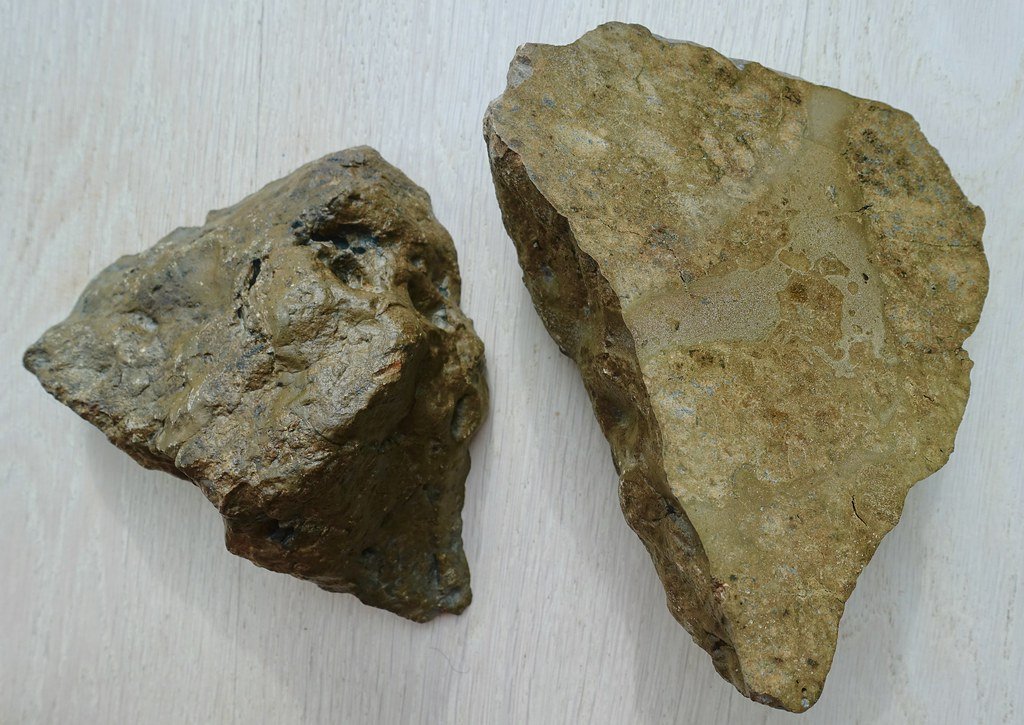
Martian meteorites find their way to Earth when something hits the surface of Mars hard enough so that material is “blasted off the surface and accelerated fast enough to leave Mars’ gravity,” says Chris Herd, curator of the U of A’s Meteorite Collection and professor in the Faculty of Science. This ejected material launches into space, ends up in an orbit around the sun, and some eventually falls to our planet as meteorites. The blast leaves an impact crater on Mars’ surface. Think of it like a cosmic game of billiards, where an asteroid acts as the cue ball, striking Mars and sending chunks flying at incredible speeds. The impact of a bolide onto the surface of Mars causes material near the point of impact to be accelerated faster than the 5 km/s escape velocity, allowing a proportion of the ejected material to enter into Earth-crossing orbits. It’s a violent process that creates natural spacecraft carrying precious cargo from our planetary neighbor.
How We Know These Rocks Are Really from Mars
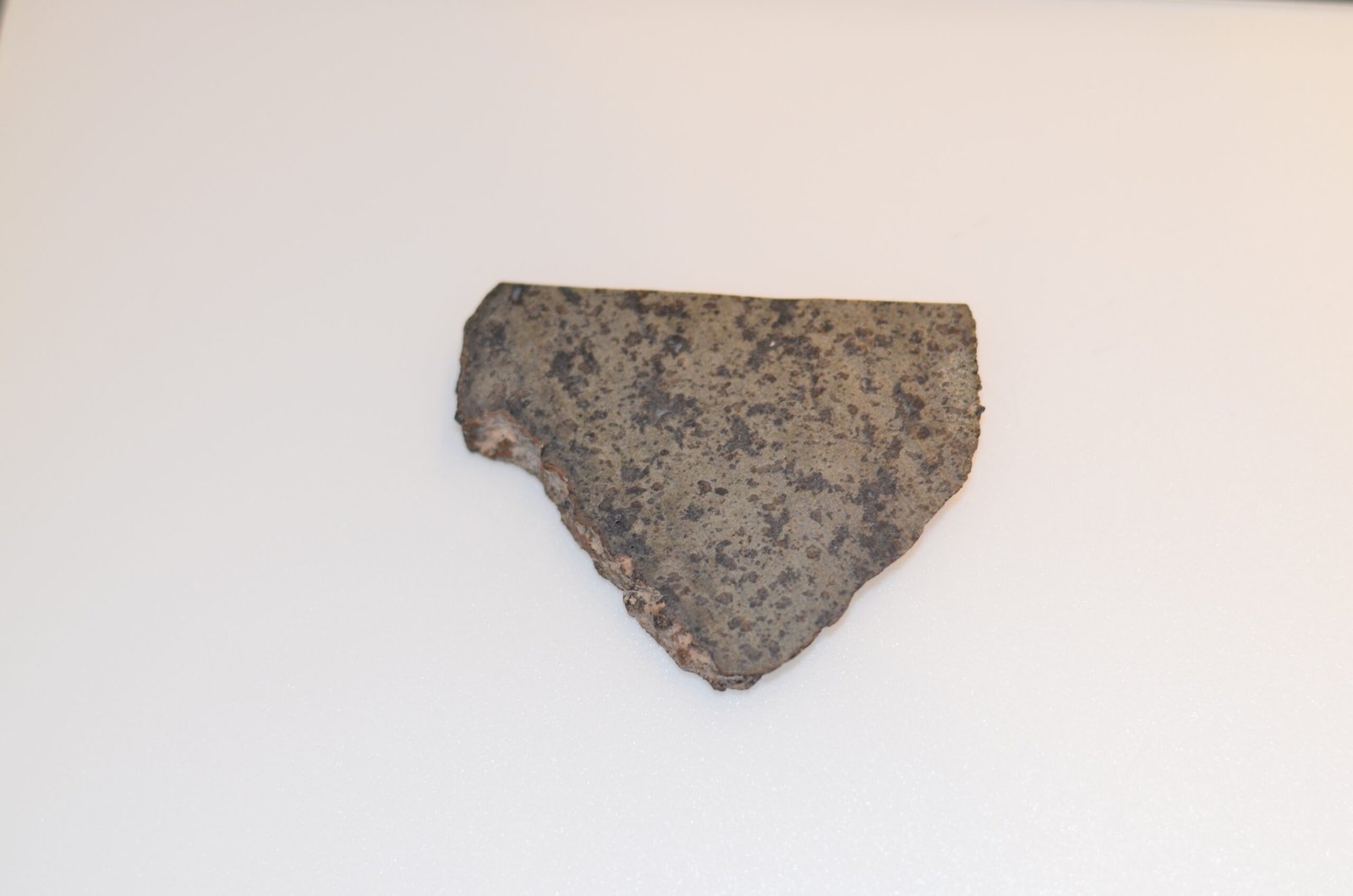
You might wonder how scientists can be so confident that these meteorites actually came from Mars rather than some asteroid or other celestial body. The answer lies in a remarkable discovery from the 1980s. Herd explains that in the 1980s scientists discovered that “there’s a signature, a fingerprint of the Martian atmosphere, that’s trapped inside these rocks.” That fingerprint includes a specific combination of trapped gases in the rock that match the gases in the atmosphere of Mars measured by the Viking landers in the 1970s. It’s like finding someone’s DNA at a crime scene – the match is so specific and unique that there’s no doubt about the origin. These meteorites are interpreted as Martian because they have elemental and isotopic compositions that are similar to rocks and atmospheric gases on Mars, which have been measured by orbiting spacecraft, surface landers and rovers. The Viking missions in the 1970s essentially provided us with Mars’ atmospheric “birth certificate,” allowing us to identify its children when they arrived on Earth.
The Three Main Families of Martian Meteorites
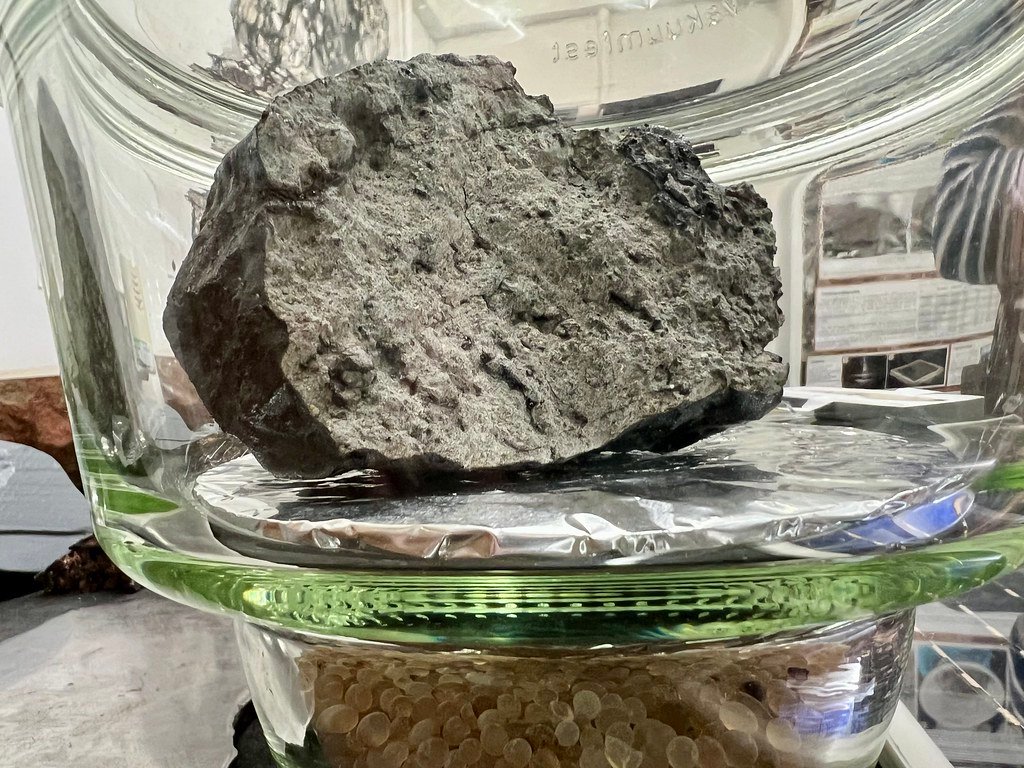
There are three groups of Martian meteorite: shergottites, nakhlites and chassignites, collectively known as SNC meteorites. Each group tells a different story about Mars’ geological history. Roughly three-quarters of all Martian meteorites can be classified as shergottites. They are named after the Shergotty meteorite, which fell at Sherghati, India in 1865. Shergottites are igneous rocks of mafic to ultramafic lithology. These are essentially pieces of Martian lava flows that were blasted into space. The nakhlites, making up about 20 specimens, represent basaltic samples that tell us about Mars’ early volcanic activity. It has been shown that the nakhlites were suffused with liquid water around 620 million years ago and that they were ejected from Mars around 10.75 million years ago by an asteroid impact. They fell to Earth within the last 10,000 years.
The Chassignites: Mars’ Rarest Messengers

The first chassignite, the Chassigny meteorite, fell at Chassigny, Haute-Marne, France in 1815. There has been only one other chassignite recovered, named Northwest Africa (NWA) 2737. Imagine being so rare that only two examples of your type exist on Earth – that’s the story of chassignites. NWA 2737 was found in Morocco or Western Sahara in August 2000 by meteorite hunters Bruno Fectay and Carine Bidaut, who gave it the temporary name “Diderot.” It was shown by Beck et al. that its “mineralogy, major and trace element chemistry as well as oxygen isotopes revealed an unambiguous Martian origin and strong affinities with Chassigny.” These meteorites are like finding a needle in a cosmic haystack – incredibly valuable for understanding Mars’ geological diversity.
ALH84001: The Meteorite That Shook the World
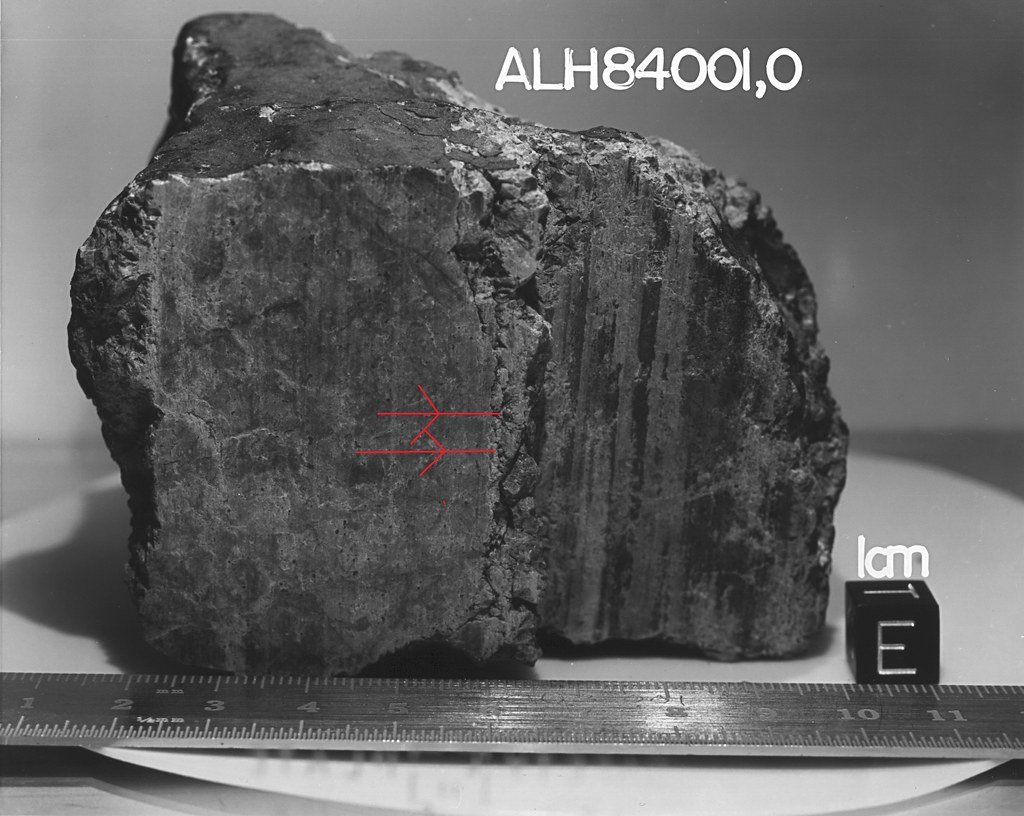
Allan Hills 84001 (ALH84001) is a fragment of a Martian meteorite that was found in the Allan Hills in Antarctica on December 27, 1984, by a team of American meteorite hunters from the ANSMET project. Its mass upon discovery was 1.93 kilograms (4.3 lb). This particular meteorite became a global sensation in 1996 when NASA scientists announced they had found what appeared to be evidence of ancient microbial life. In 1996, a group of scientists found features in the likeness of microscopic fossils of bacteria in the meteorite, suggesting that these organisms also originated on Mars. The claims immediately made headlines worldwide, culminating in U.S. president Bill Clinton giving a speech about the potential discovery. The discovery was so significant that it temporarily crashed NASA’s website and sparked intense scientific debate that continues today.
The Life on Mars Controversy
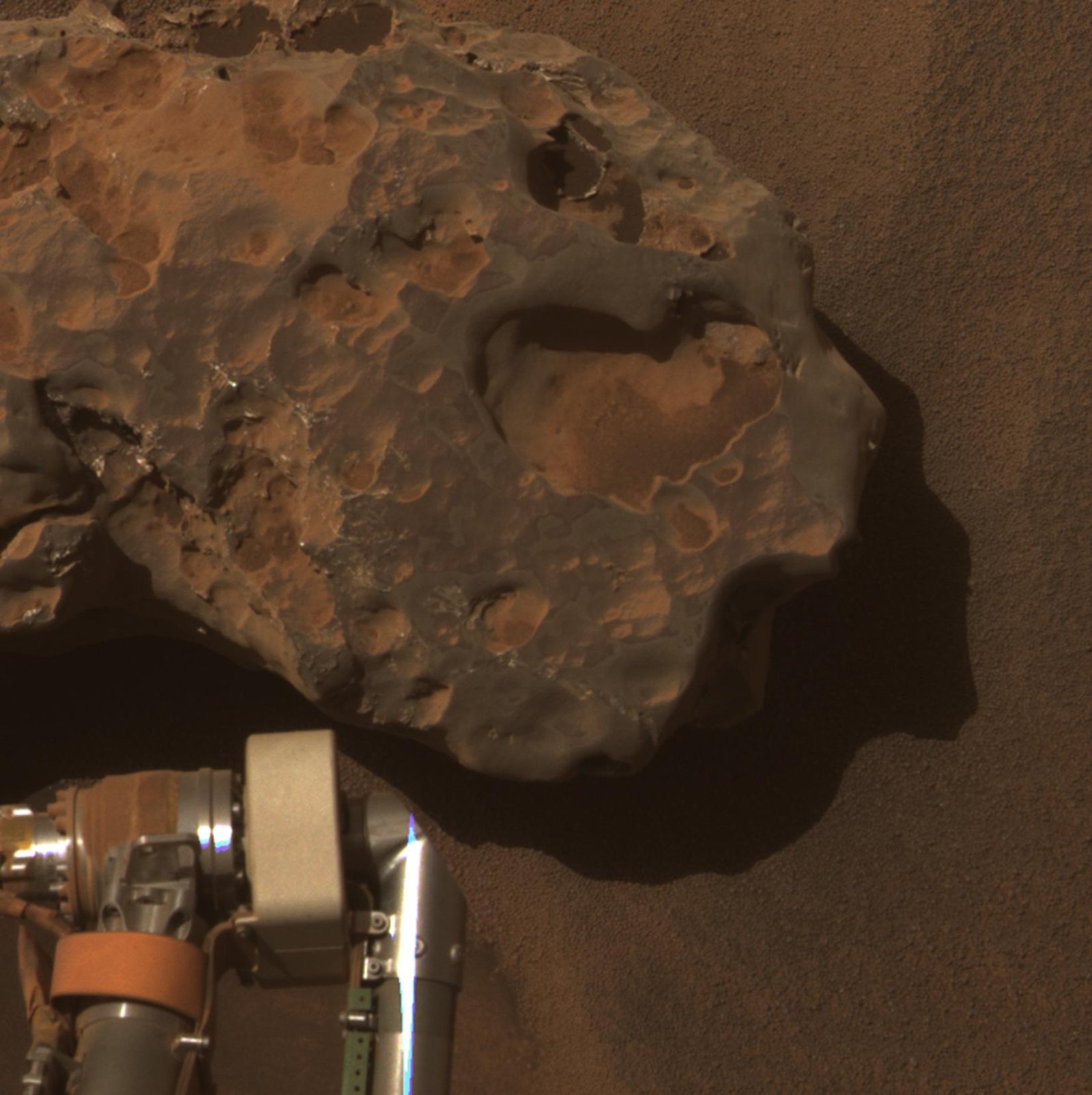
The ALH84001 meteorite controversy wasn’t just about finding tiny structures that looked like bacteria – it involved multiple lines of evidence. Fresh fracture surfaces of the martian meteorite ALH84001 contain abundant polycyclic aromatic hydrocarbons (PAHs). These fresh fracture surfaces also display carbonate globules. Contamination studies suggest that the PAHs are indigenous to the meteorite. Scientists found organic compounds, unusual mineral formations, and microscopic structures that resembled fossilized bacteria. These claims were controversial from the beginning, and much of the scientific community ultimately rejected the hypothesis once all the unusual features in the meteorite had been explained without requiring life to be present However, the debate wasn’t settled easily. A later study in January 2022 concluded that ALH84001 did not contain Martian life; the discovered organic molecules were found to be associated with abiotic processes
Black Beauty: A Window into Ancient Mars

The Martian meteorite NWA 7034 (nicknamed “Black Beauty”), found in the Sahara desert during 2011, has ten times the water content of other Mars meteorites found on Earth. The meteorite contains components as old as 4.42 ± 0.07 Ga (billion years), and was heated during the Amazonian geologic period on Mars. This meteorite is particularly exciting because it represents a type of rock that’s completely different from other Martian meteorites. The discovery of NWA 7034, known as “Black Beauty,” significantly enhances our understanding of Martian surface rocks based on meteorite studies. Black Beauty serves as the first physical meteorite link to the rocks being analyzed directly by NASA’s rovers on Mars. It’s like finding a missing piece of a puzzle that suddenly makes the whole picture clearer.
Recent Discoveries: Lafayette Meteorite’s Water Story
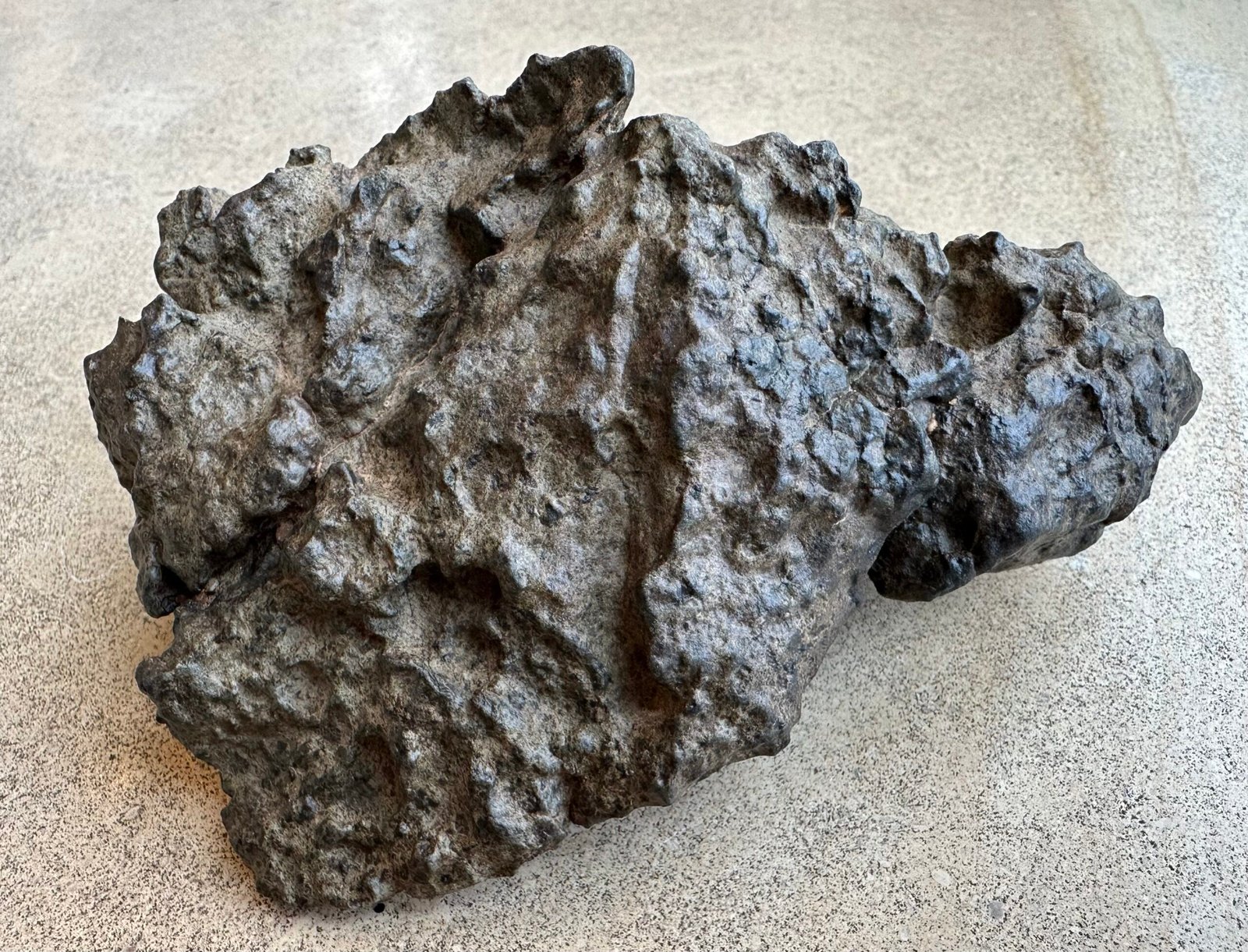
This meteorite was rediscovered in a drawer at Purdue University in 1931 and therefore named the Lafayette Meteorite. During early investigations of the Lafayette Meteorite, scientists discovered that it had interacted with liquid water while on Mars. Scientists have long wondered when that interaction with liquid water took place. In a breakthrough study from 2024, researchers finally answered this question. We dated these minerals in the Martian meteorite Lafayette and found that they formed 742 million years ago. We do not think there was abundant liquid water on the surface of Mars at this time. This discovery suggests that water was present in subsurface environments on Mars much more recently than previously thought, keeping alive the possibility of past or even present life.
Mapping the Source: Five Craters Tell Mars’ Story

Researchers have identified that approximately 200 of the martian meteorites we have on Earth come from five impact craters within two volcanic regions on Mars, called Tharsis and Elysium. This breakthrough discovery is like solving a cosmic cold case. Herd and his colleagues pinpointed five craters ranging in diameter from 14 to 39 kilometers (9–24 miles). One, called Tooting, had previously been linked to a Martian meteorite pairing group, but the other four—Chakpar, Corinto, Kotka, and Domoni—are new discoveries. These findings mean that scientists can now study meteorites with the knowledge of exactly where they came from on Mars, providing unprecedented context for understanding Martian geology.
The Physics of Planetary Ejection
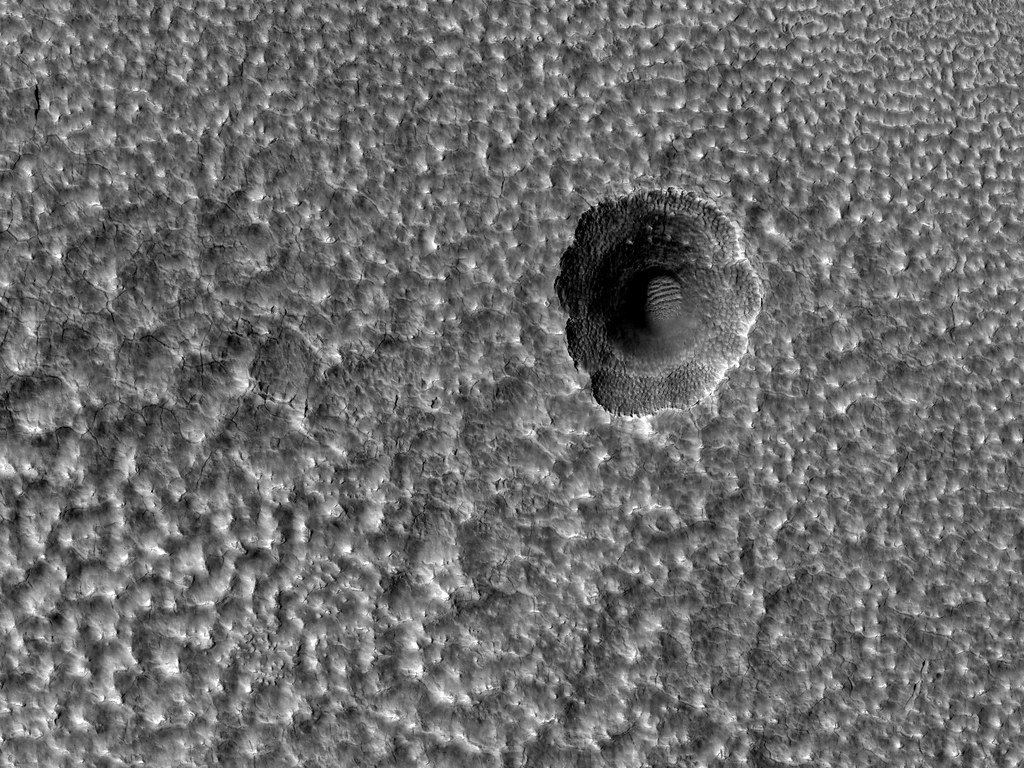
Ejection of material can occur from impact events that form craters as small as ~3 km diameter. While there are an estimated 80,000 craters of that size on Mars, it is now understood that only impacts into surface units that have a relatively high competency would enable the ejection of material The process is remarkably selective – not just any impact will send rocks to Earth. In doing so, researchers found it may not be as difficult to catapult a rock from Mars to space as was previously believed. By doing so, we found it takes much less pressure to launch a Mars meteorite than we thought. Think of Mars as having a weaker gravitational grip compared to Earth, making it somewhat easier for rocks to escape, but they still need just the right conditions to make the journey.
Antarctica: Earth’s Martian Meteorite Treasury
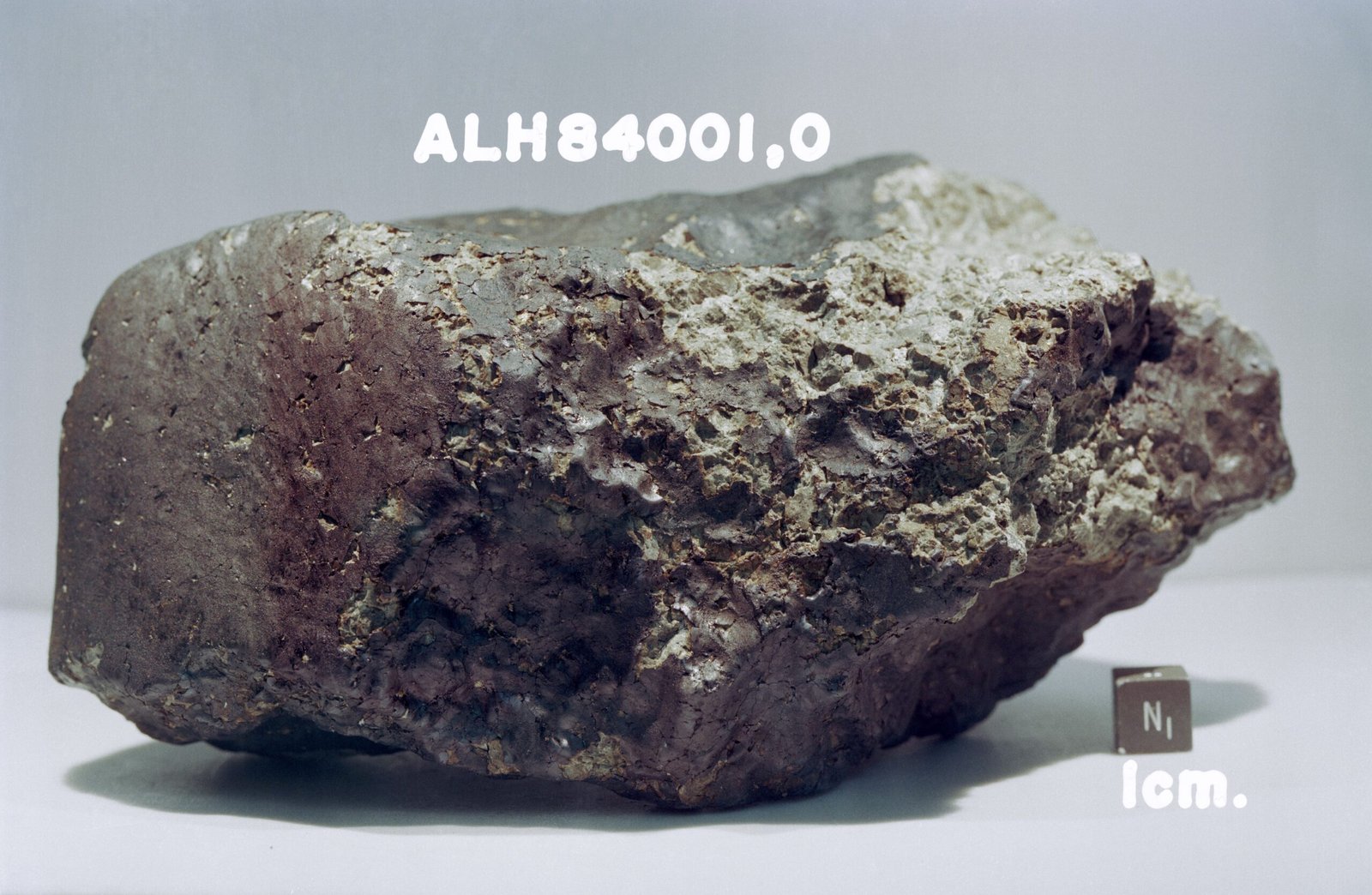
ALH 84001 was found in Antarctica during the 1984-1985 Antarctic summer. It was found by a team of meteorite hunters from the ANSMET program, which is sponsored by the Polar Programs Office of the U.S. National Science Foundation. ANSMET stands for ANtarctic Search for METeorites, and has been funded since 1977 by the NSF. In that time, ANSMET meteorite hunters have found more than 7000 meteorites, almost triple the number known from outside Antarctica. Antarctica acts like a natural meteorite collection plate – its pristine ice sheets preserve meteorites for thousands of years, and the contrast between dark rocks and white ice makes them relatively easy to spot. It’s ironic that some of our best samples of the warm, dusty surface of Mars come from the coldest place on Earth.
What Martian Meteorites Reveal About Water
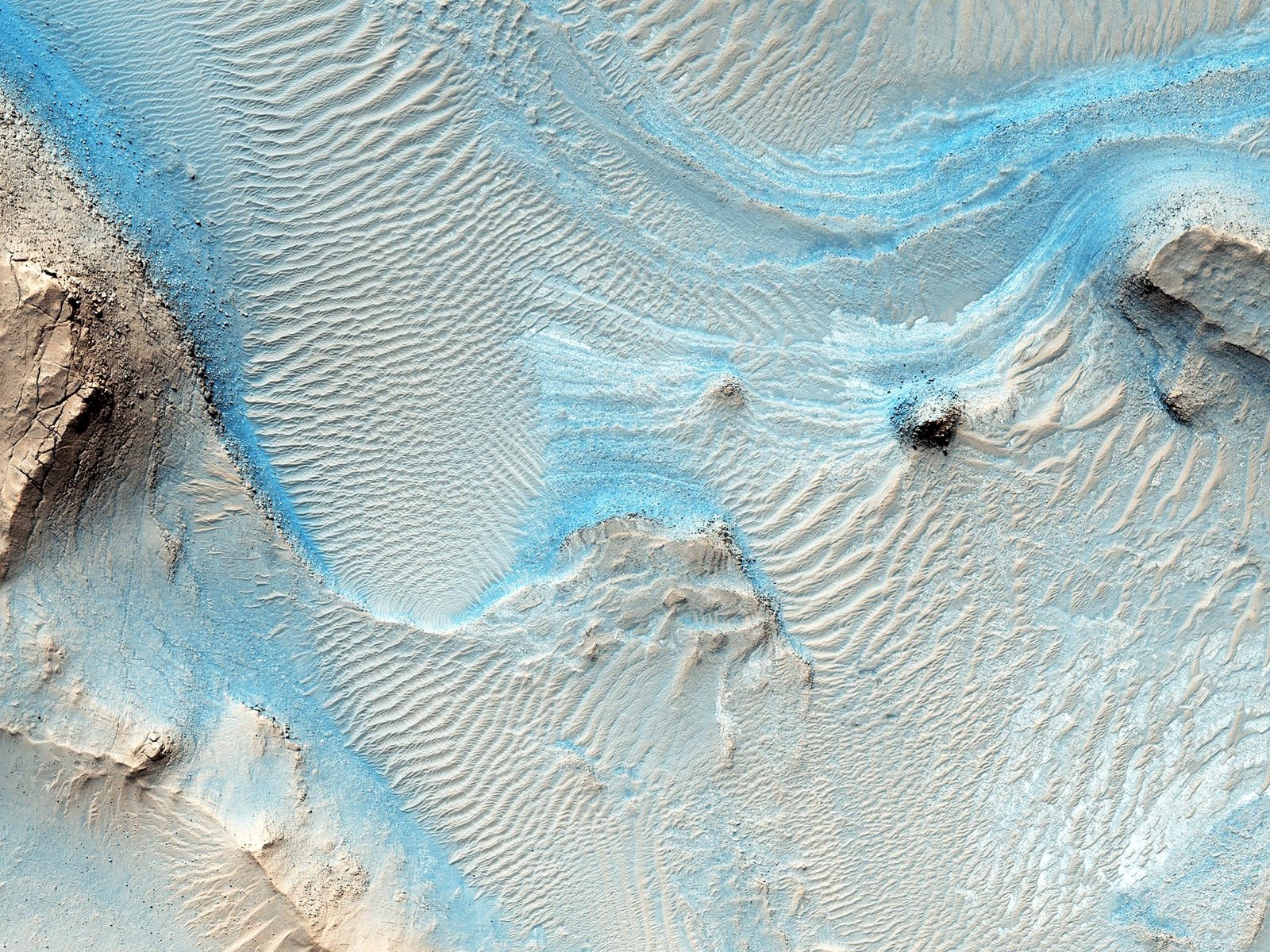
One of the most exciting discoveries from Martian meteorites is evidence of ancient water activity. On Earth, rocks containing carbonate commonly form in water, for example when shells and skeletons from marine creatures accumulate and fossilise. Their results suggested that these Martian carbonates were deposited in the rock after carbon dioxide, dissolved in liquid water, flowed into tiny cracks. These findings suggest that Mars once had conditions suitable for liquid water to exist and chemically interact with rocks. In October 2011, it was reported that isotopic analysis indicated that the carbonates in ALH84001 were precipitated at a temperature of 18 °C (64 °F) with water and carbon dioxide from the Martian atmosphere. The carbonate carbon and oxygen isotope ratios imply deposition of the carbonates from a gradually evaporating subsurface water body, probably a shallow aquifer meters or tens of meters below the surface.
The Age Paradox: Young Rocks from an Old Planet
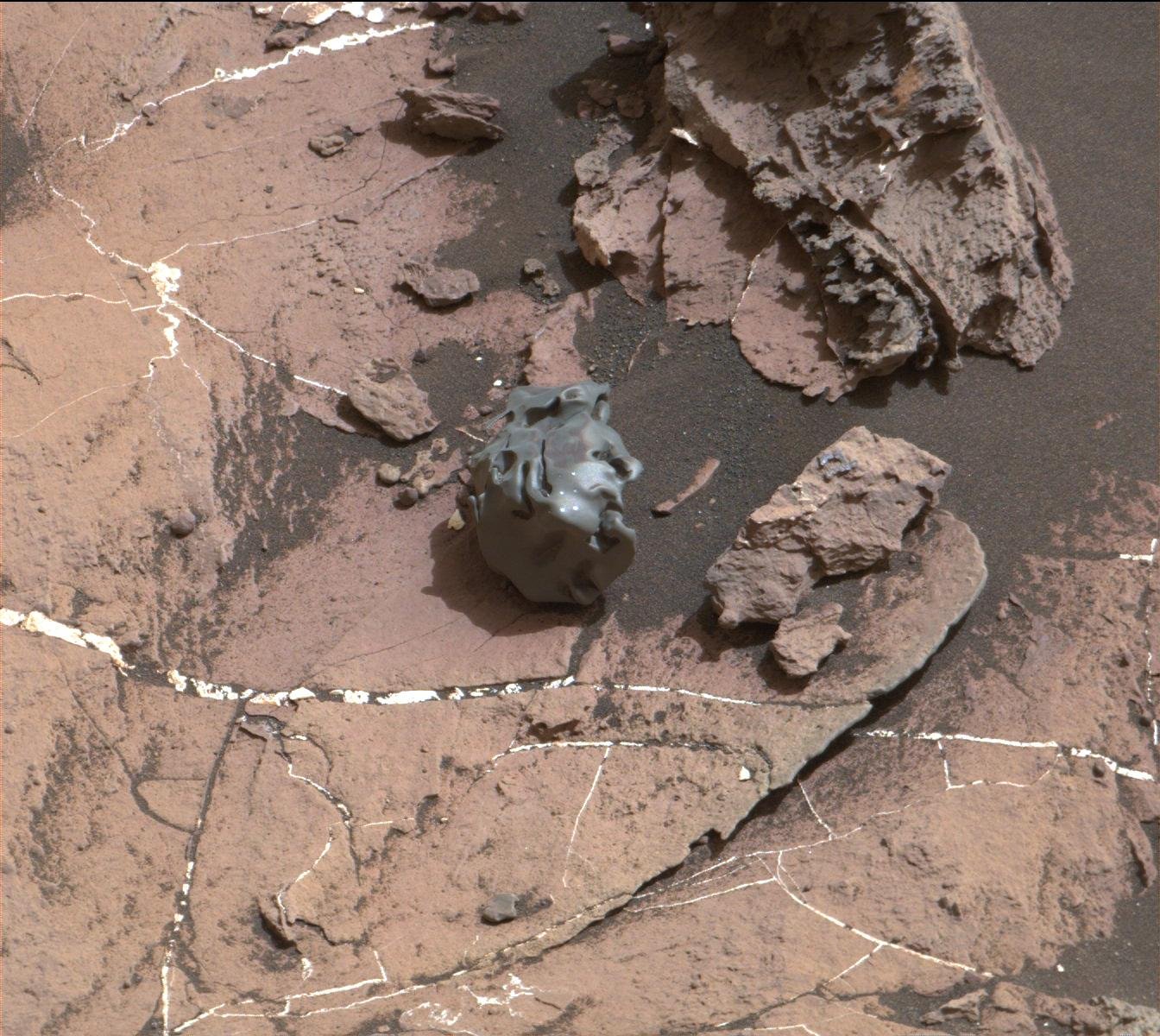
The majority of SNC meteorites are quite young compared to most other meteorites and seem to imply that volcanic activity was present on Mars only a few hundred million years ago. The young formation ages of Martian meteorites was one of the early recognized characteristics that suggested their origin from a planetary body such as Mars. This creates an interesting puzzle – Mars appears to be a cold, dead world today, yet many of its meteorites are relatively young in geological terms. The shergottites appear to have crystallised as recently as 180 million years ago, which is a surprisingly young age considering how ancient the majority of the surface of Mars appears to be, and the small size of Mars itself. Because of this, some have advocated the idea that the shergottites are much older than this. This “Shergottite Age Paradox” remains unsolved and is still an area of active research and debate.
Laboratory Analysis: High-Tech Detective Work

Geochemical analyses, through techniques that are also used on terrestrial rocks, provide fundamental insights into the bulk composition, differentiation and evolution, mantle heterogeneity, and role of secondary processes, such as aqueous alteration and shock, on Mars. Martian meteorites display a wide range in mineralogy and chemistry, but are predominantly basaltic in composition. Scientists use the same sophisticated instruments that analyze Earth rocks to study these Martian samples. These include electron microscopes, mass spectrometers, and X-ray analyzers that can identify minerals and measure chemical compositions with incredible precision. Obtaining rock samples from Mars makes it possible to study them in state-of-the-art laboratories on Earth with high degrees of precision and accuracy. It’s like having a mobile Mars laboratory that comes to us, rather than having to send instruments millions of miles away.
The Largest Martian Meteorite: Taoudenni 002
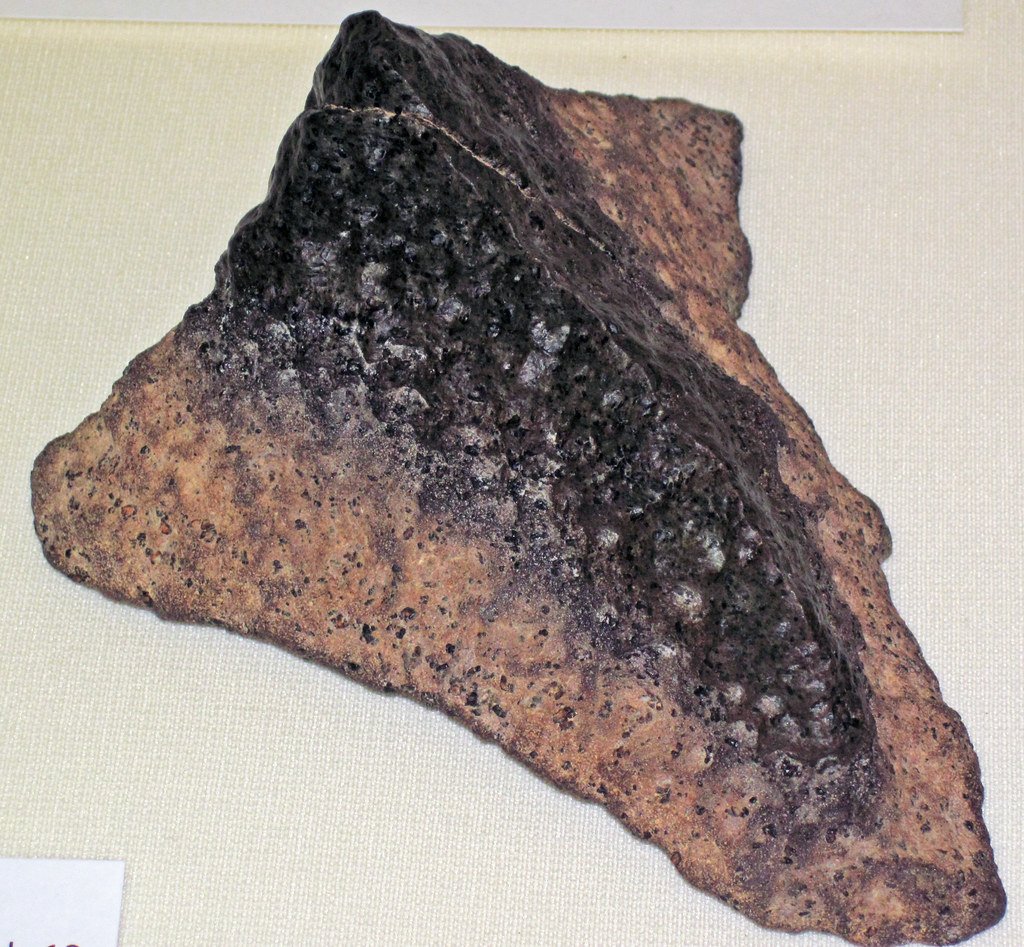
The largest complete, uncut Martian meteorite, Taoudenni 002, was recovered in Mali in early 2021. It weighs 14.5 kilograms (32 pounds) and is on display at the Maine Mineral and Gem Museum. This massive specimen represents a treasure trove of Martian material – weighing as much as a medium-sized dog, it provides scientists with enough material for numerous different types of analysis. Finding such a large, intact meteorite from Mars is extraordinarily rare, like discovering a 32-pound diamond. Most Martian meteorites are much smaller fragments, making Taoudenni 002 a scientific goldmine that can be studied for decades to come.
Shock Metamorphism: Reading the Violence of Impact
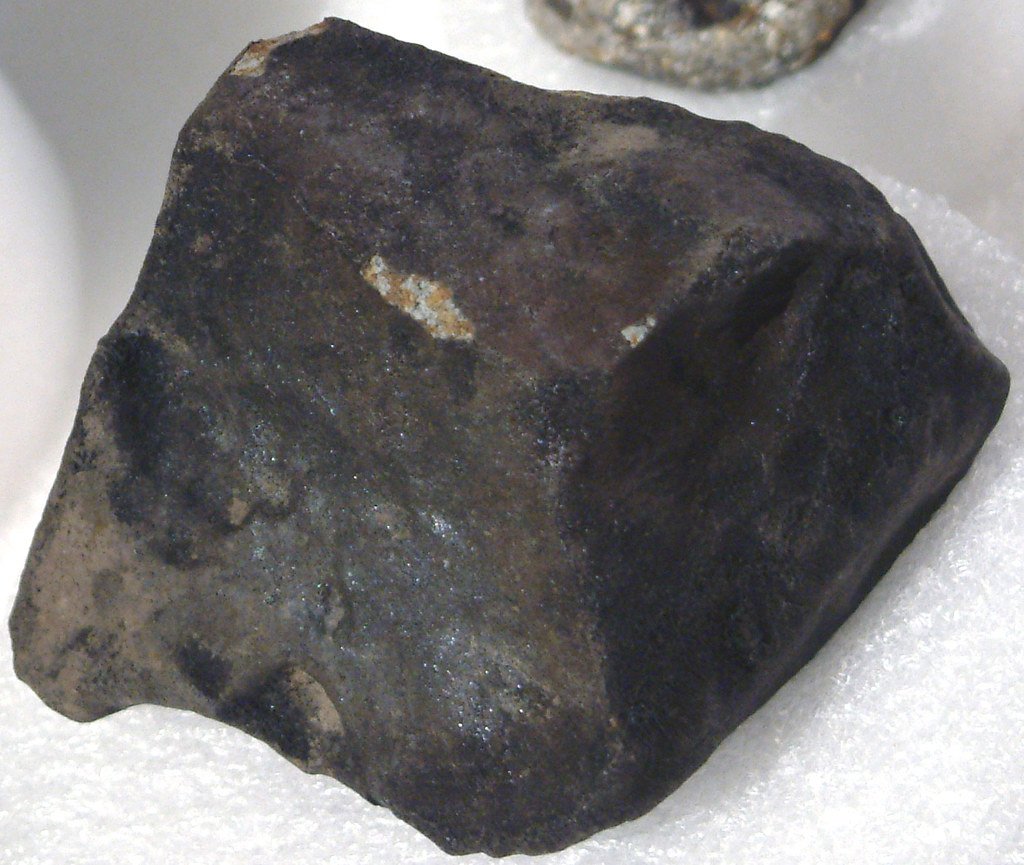
The glassy material maskelynite is created when the mineral plagioclase is exposed to extreme pressure like those caused by giant impacts. That means finding maskelynite within the rock can hint at the kind of pressures they have been exposed to. Over the last five years, Martian meteorites have been found with a mix of plagioclase and maskelynite which puts constraints on the amount of pressure they must have experienced. These pressure indicators act like geological forensics, telling scientists about the violent events that launched these rocks from Mars. The Caltech/JPL team set about smashing plagioclase-containing rocks from Earth to observe how high pressures cause the mineral to transform. This involved using a powerful gun to blast the rocks with projectiles fired at five times the speed of sound, simulating the kinds of pressures rocks ejected from Mars would experience. It’s remarkable that scientists can recreate the conditions of planetary impact events in Earth-based laboratories.
The Bias Problem: What We’re Missing
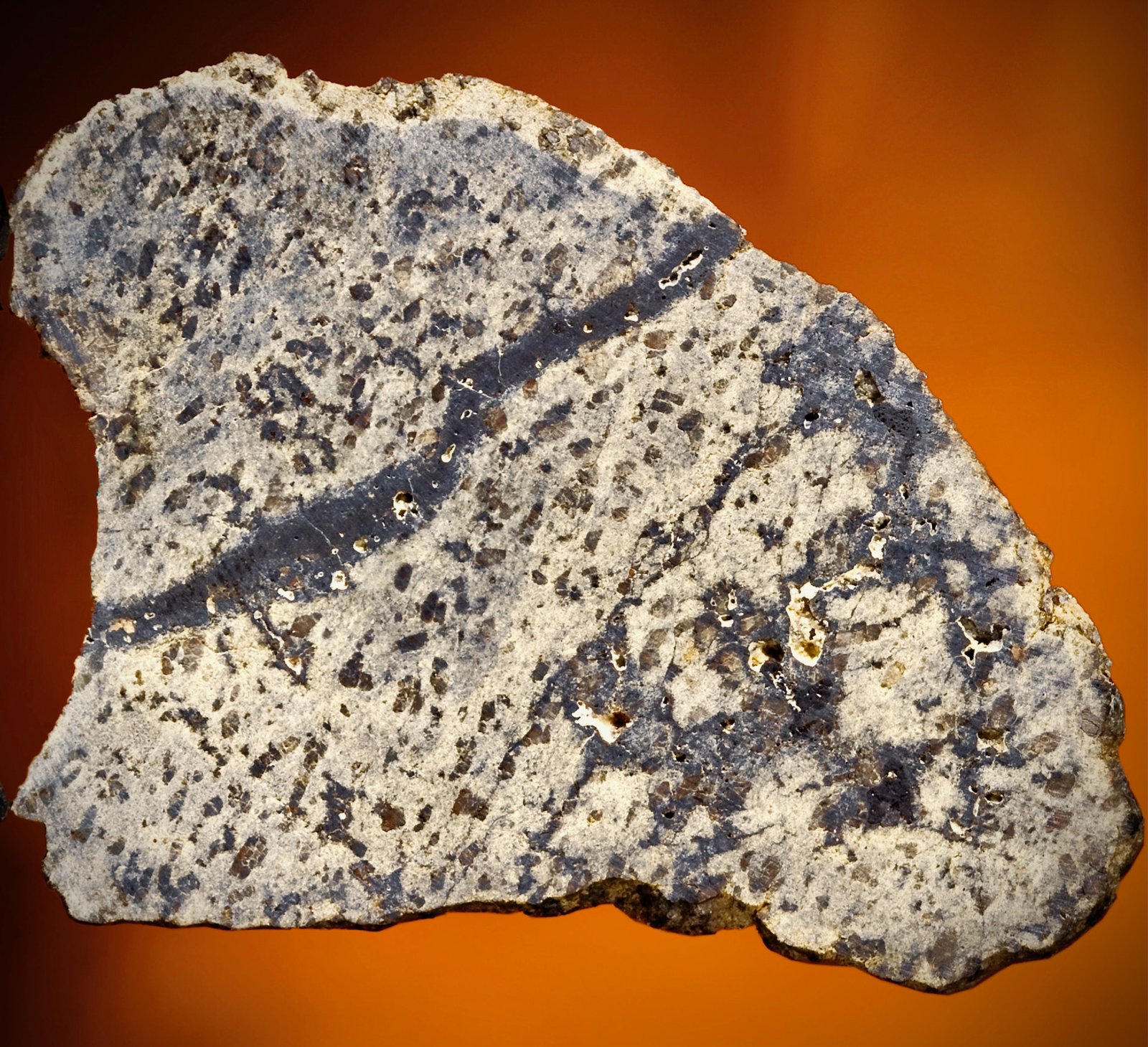
Thus, the impact ejection process acts as filter and biases the suite of martian meteorites toward young, relatively unaltered, unbrecciated igneous rocks. This bias in composition may explain the differences between martian meteorites and igneous rocks analyzed at the surface; these two groups of rocks appear to be derived from distinct mantle sources. This means that Martian meteorites don’t represent a random sampling of Mars’ surface – they’re biased toward certain types of rocks that were more likely to survive the violent ejection process. However, the martian meteorites represent a biased sampling of the surface of Mars with unknown ejection locations. The geology of Mars cannot be unraveled solely by analyzing these meteorites. It’s like trying to understand all of Earth’s geology by studying only samples from active volcanoes – you’d get valuable information, but you’d miss most of the story.

